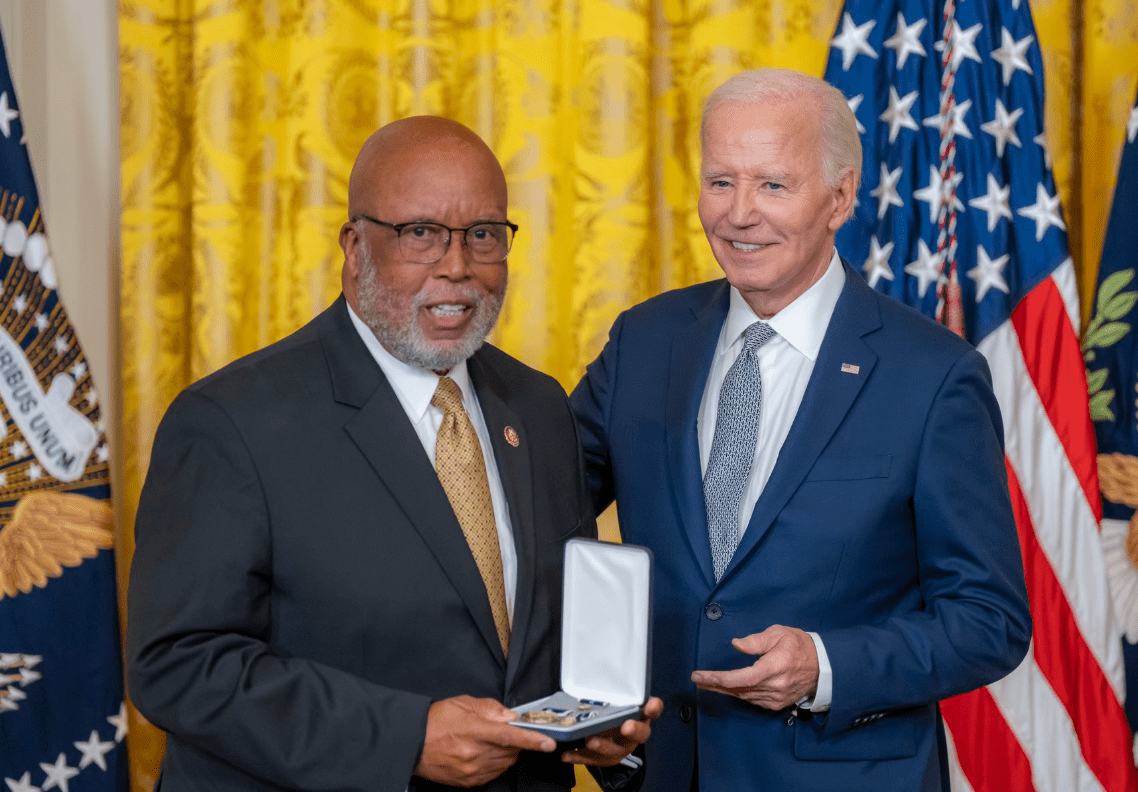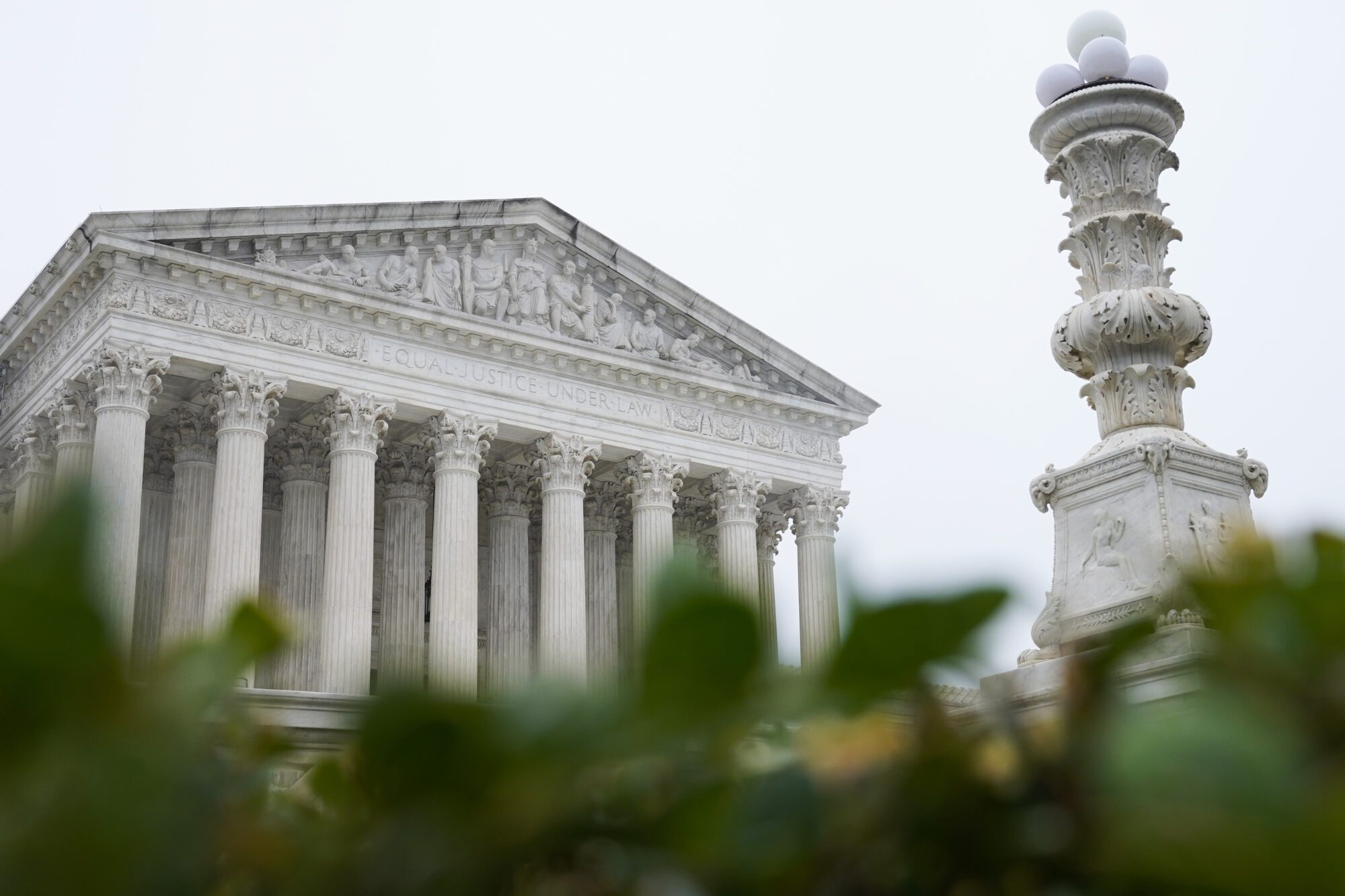RELEASE:
Senators Honor 50th Anniversary of James Meredith’s Historic “March Against Fear”
WASHINGTON – The U.S. Senate has passed a resolution authored by U.S. Senators Roger Wicker, R-Miss., and Jeanne Shaheen, D-N.H., commemorating the 50th anniversary of James H. Meredith’s “March Against Fear” during the civil rights movement. The measure, cosponsored by Senator Thad Cochran, R-Miss., recognizes the historical significance of Meredith’s 220-mile walk down Highway 51 from Memphis, Tennessee, to Jackson, Mississippi.
“In June 1966, James Meredith did something truly courageous, playing a powerful role in Mississippi’s progress during the civil rights era,” Sen. Wicker said. “Transformative events like the ‘March Against Fear’ merit the highest recognition. Our nation is better because of fearless individuals like him, who were willing to pioneer change 50 years ago.”
“James Meredith’s bravery and determination remain an inspiration to this day,” Sen. Shaheen said. “His historic ‘March Against Fear’ was a clarion call for justice and equality. It is a fitting tribute for the U.S. Senate to honor his tremendous contributions to advancing civil rights.”
“I am pleased the Senate is commemorating the 50th anniversary of James Meredith’s March Against Fear and his role as a historic leader in the civil rights movement,” Sen. Cochran said. “I commend Senator Wicker on his leadership to call attention to this historic event.”
Four years after becoming the first African-American to enroll at Ole Miss, Meredith planned a march in June 1966 to challenge the fear that dominated the daily lives of African-Americans in southern states. One mile south of Hernando, he was shot three times by attempted-assassin Aubrey James Norvell. While Meredith recovered, the march he launched continued to Jackson, resulting in thousands of African-Americans registering to vote.
Meredith later returned and finished the march at the Mississippi State Capitol in Jackson. Approximately 15,000 people joined him at its conclusion, making it the largest civil rights demonstration in the history of the state.
The resolution, S.Res. 488, reads as follows:
Recognizing the historical significance and the 50th anniversary of the “James H. Meredith March Against Fear,” a 220-mile walk down Highway 51 from Memphis, Tennessee, to Jackson, Mississippi.
Whereas the Supreme Court of the United States, in Brown v. Board of Education, 347 U.S. 483 (1954), ruled that separating children in public schools on the basis of race violates the 14th Amendment to the Constitution of the United States;
Whereas in the years following Brown v. Board of Education, 347 U.S. 483 (1954), some Southern States, including the State of Mississippi, continued to uphold racial segregation;
Whereas, in 1962, the first African-American integrated the University of Mississippi (referred to in this preamble as “Ole Miss”);
Whereas, in 1965, the Voting Rights Act of 1965 (52 U.S.C. 10301 et seq.), which passed Congress with bipartisan support and was signed by President Lyndon Johnson, prohibited racial discrimination in voting;
Whereas, in 1966, 4 years after integration, the first African-American student at Ole Miss planned a 220-mile march from Memphis, Tennessee, to Jackson, Mississippi (referred to in this preamble as the “Meredith March Against Fear”) –
(1) to challenge the fear that dominated the day-to-day lives of African-Americans in the Southern United States, specifically in the State of Mississippi; and
(2) to encourage the 450,000 unregistered African-Americans in the State of Mississippi to register to vote and to go to the polls;
Whereas, on June 5, 1966, the historic Meredith March Against Fear began at the Peabody Hotel in downtown Memphis, Tennessee;
Whereas the self-reliant and determined leader of the Meredith March Against Fear carried no food, clothing, or sleeping bag, and was joined only by a small number of African-American supporters and Whites from the North;
Whereas on reaching the border between the States of Tennessee and Mississippi, the marchers were greeted with hostility;
Whereas, on June 6, 1966, the Meredith March Against Fear continued south along United States Highway 51 through DeSoto County toward the town of Hernando, Mississippi;
Whereas 150 African-American men and women greeted the marchers at the town square in Hernando, Mississippi;
Whereas the visit of the marchers to Hernando, Mississippi, embodied the purpose of the Meredith March Against Fear, “to explain [to African Americans] that the old order was passing, that they should stand up as men with nothing to fear”;
Whereas, on June 6, 1966, about 1 mile south of Hernando, Mississippi, the leader of the Meredith March Against Fear was shot 3 times by an attempted assassin;
Whereas, on June 7, 1966, national civil rights leaders, including Dr. Martin Luther King, Jr., Floyd McKissick, and Stokely Carmichael, resumed the Meredith March Against Fear while their leader recovered from the attempted assassination;
Whereas, over the next 3 weeks, the marchers weathered violence and tear gas, but accomplished what the Meredith March Against Fear set out to accomplish;
Whereas voter rallies and drives along United States Highway 51 resulted in more than 4,000 African-Americans registering to vote;
Whereas the Meredith March Against Fear featured many African-Americans defying the intimidation of hostile Whites;
Whereas, on June 25, 1966, the leader of the Meredith March Against Fear, along with 125 allies, resumed the march from the Canton, Mississippi, courthouse, located 15 miles north of Jackson, Mississippi;
Whereas the number of marchers doubled to approximately 250 by the time the Meredith March Against Fear reached the city limits of Canton, Mississippi;
Whereas 1 mile north of Tougaloo College, the marchers were met by Dr. Martin Luther King, Jr., and hundreds of additional followers;
Whereas hundreds of supporters were led through the iron-rod gate at the main entrance to the Tougaloo campus in Jackson, Mississippi;
Whereas, on June 26, 1966, the Meredith March Against Fear concluded with a walk from Tougaloo College to the Mississippi State Capitol building in Jackson, Mississippi;
Whereas approximately 15,000 individuals attended the climactic conclusion of the Meredith March Against Fear, making it the largest civil rights demonstration in the history of the State of Mississippi; and
Whereas the self-sufficiency and resolve that motivated the Meredith March Against Fear made its leader a revolutionary and a powerful figure in the history of the United States: Now, therefore, be it
Resolved, That the Senate –
(1) commemorates the 50th anniversary of the “James H. Meredith March Against Fear”;
(2) recognizes the discipline and focus required to complete the James H. Meredith March Against Fear during the most contentious decade in the Civil Rights Movement to encourage African-Americans to defy intimidation and register voters; and
(3) acknowledges the significance of the James H. Meredith March Against Fear.
6/13/16







